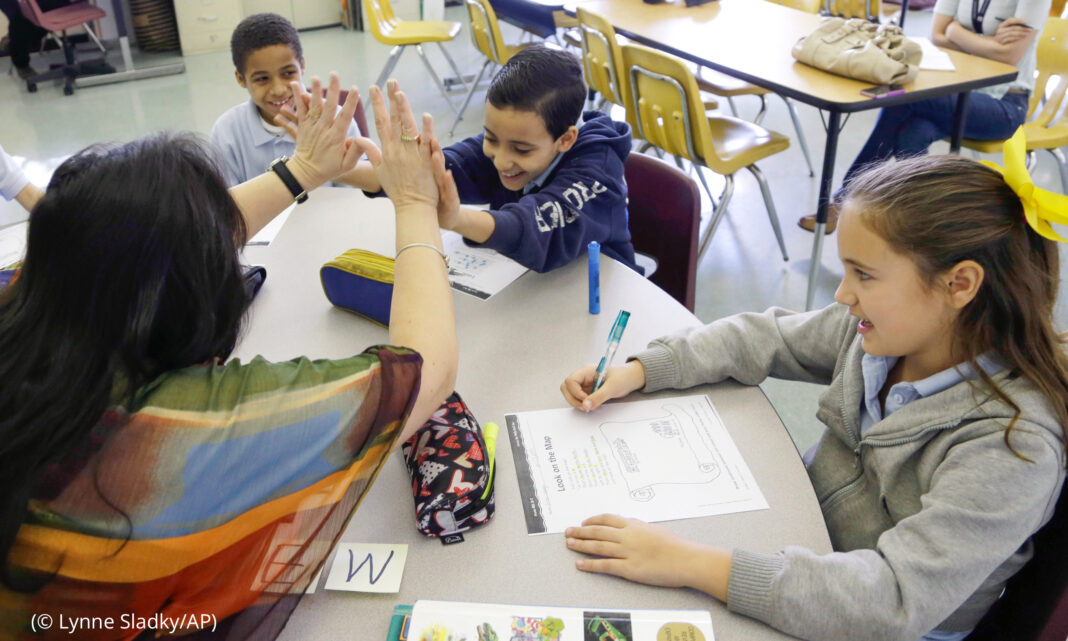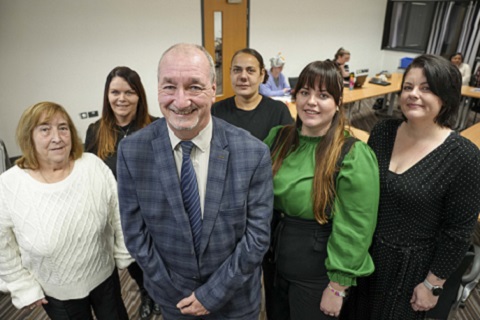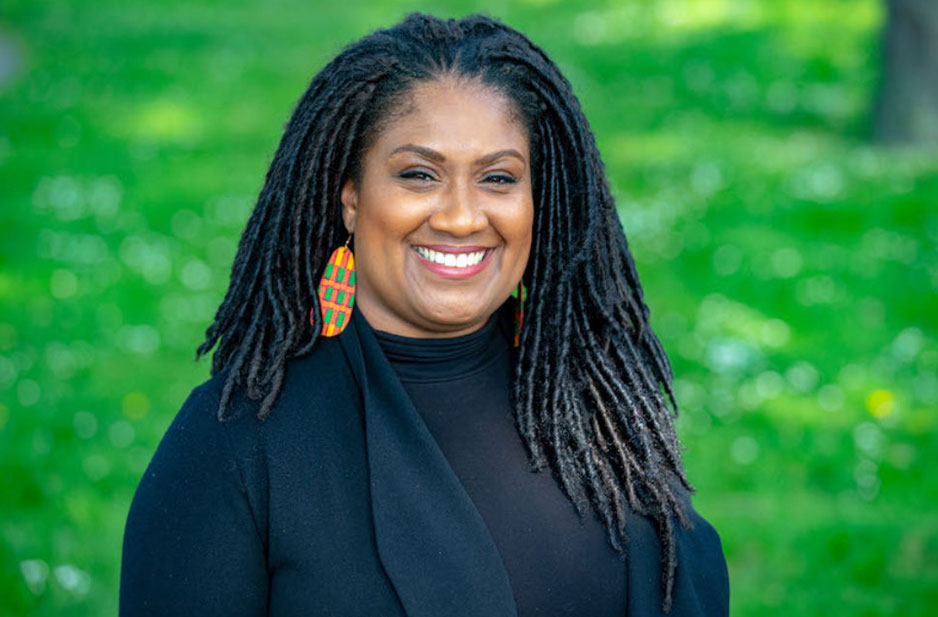In the U.S., the number of people who spoke a language other than English at home nearly tripled from 23.1 million (about 1 in 10) to 67.8 million (about 1 in 5) over three recent decades, according to the Census Bureau.
There are between 350 and 430 languages spoken in the United States, making it one of the most linguistically diverse countries on Earth, according to the nonprofit service Translators Without Borders. Its figure is consistent with the U.S. Census Bureau’s estimate of “more than 350 languages.”
Americans trace their roots to every part of the globe, and many can speak the language native to the places from which they or their ancestors came. In other words, while the largest share of the U.S. population (78.4%) speaks only English at home, a growing share (21.6%) of U.S. households speak languages other than English.
Hispanics are the largest minority group in the U.S., so it’s no surprise that Spanish is the most common non-English language spoken in U.S. households. About 42 million people speak Spanish at home (they represent roughly two-thirds of those speaking a language other than English).
The top five non-English languages spoken in U.S. households also include Chinese (spoken by 3.49 million in U.S. homes, or 5.2% of such households); Tagalog (1.7 million, or 2.6%); Vietnamese (1.5 million, or 2.3%); and Arabic (1.2 million, or 1.9%). The increase in languages spoken enriches American English, which is constantly evolving from “loanwords.”
Rice University linguistics professor Suzanne Kemmer writes: “It is part of the cultural history of English speakers that they have always adopted loanwords from the languages of whatever cultures they have come in contact with.” Thanks to the popularity of Mexican cuisine, there are lots of Spanish words that Anglophones use daily.
Plus, U.S. states and cities are frequently given the Spanish-language names of saints (San Francisco, Santa Clara, etc.) or geographic features. For instance, the state of Montana takes its name for the Spanish word for “mountain” (“montaña”), and the name of California’s city of Monterey is a Spanish word meaning “king’s mountain.”
The word “rodeo” has Spanish origins, as does the word “alligator” (from “el lagarto,” meaning “the lizard”). Spanish has also expanded the English vocabulary with such words as “barracuda,” “aficionado,” “plaza,” “tango,” “bonanza,” “savvy,” “coyote” and “vigilante” (“watchman”), to cite just a few examples.
Chinese, like Spanish, has supplied English speakers with a wealth of food-related words, and also words such as “gung-ho” (“to show enthusiasm”) and “typhoon.”
The American slang word “boondocks” (or “boonies” for short) came from the Tagalog word “bundók,” which means “mountain,” used as shorthand for a rural, mountainous area. And the Vietnamese word “pho,” the name of a traditional soup dish, is used by English-speaking food lovers everywhere.
Arabic, like Spanish and Chinese, has been a prolific contributor to the English language. Commonly used words such as “algebra,” “giraffe,” “sofa,” “tariff,” “safari,” “alchemy,” “gazelle,” “alcohol,” “cotton,” “sugar” and “ghoul” all come from Arabic.












